For decades, the heart of rural America has been tucked away in overlooked corners, far from the hum of urban sprawl. What if the true essence of this nation—its grit, its quiet beauty—lies not in skyscrapers or trending hashtags, but in the crumbling barns and dusty crossroads few bother to notice? These places, often bypassed on maps and in conversation, embody what many call rural America’s hidden soul. They’re not just landscapes; they’re living fragments of a way of life that’s slipping through our fingers in 2025. From forgotten mill towns to isolated prairie hamlets, these spots whisper stories of resilience and loss. They’re fading fast, though—swallowed by time, neglect, or the slow creep of modernization. This journey uncovers 12 such places, each a portal to a disappearing America. Before they vanish entirely, let’s walk their gravel paths, hear their silences, and understand what they still have to teach us about who we are.
1. The Ghostly Mills of Piedmont, North Carolina

Once, the air in Piedmont buzzed with the clatter of textile looms. Now, rusted machinery sits silent in abandoned mills, windows shattered like broken promises. These structures, some dating back to the late 1800s, were the heartbeat of small-town life. Families depended on them for wages, identity, even community gossip. Walking through one today, you can almost smell the old cotton dust lingering in the damp air. But most of these mills are slated for demolition or conversion into sterile lofts. A local historian, speaking anonymously, lamented, “We’re erasing our scars, pretending they don’t tell a story.” This is rural America’s hidden soul—etched in decay, begging to be remembered before it’s paved over.
2. The Fading Crossroads of Route 66, Oklahoma
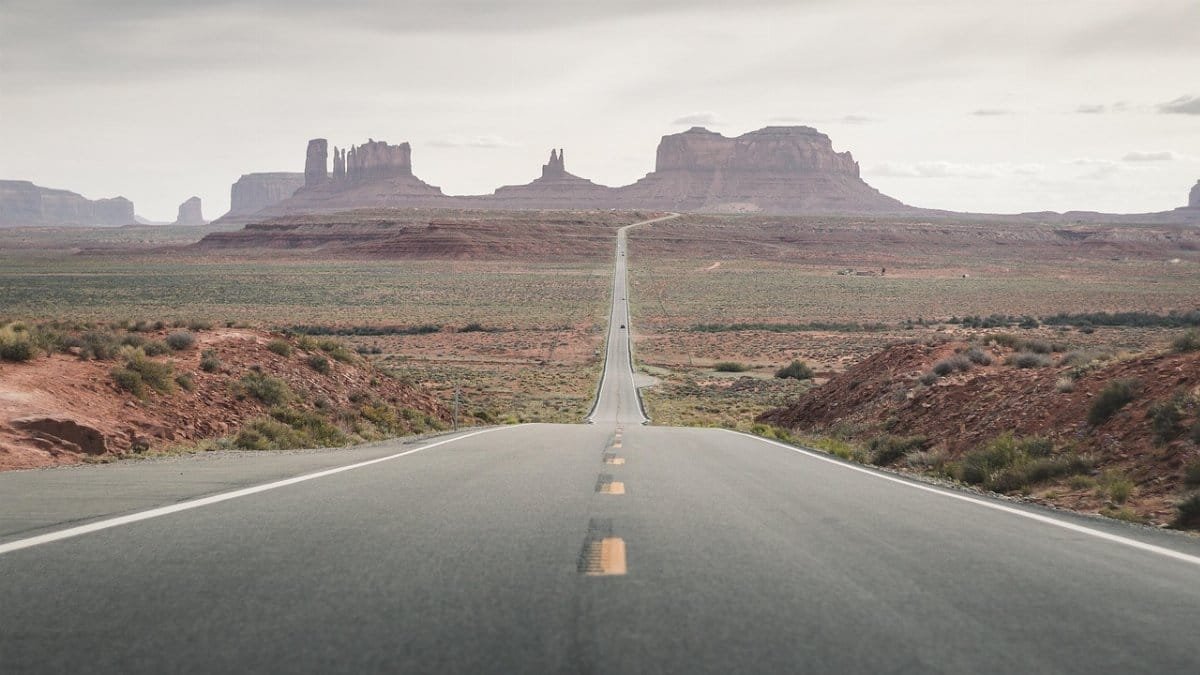
Drive along a forgotten stretch of Route 66 in Oklahoma, and you’ll find gas stations frozen in time, their neon signs long dark. These were once pit stops for dreamers chasing the West. Now, tumbleweeds roll past rusted pumps. A traveler recently shared online a memory of stumbling upon one such spot at dusk, feeling as if “time itself had stopped to mourn.” This isn’t just nostalgia; it’s a glimpse into a rural spirit tied to movement and hope, now stilled.
3. The Silent Plains of Wallace County, Kansas
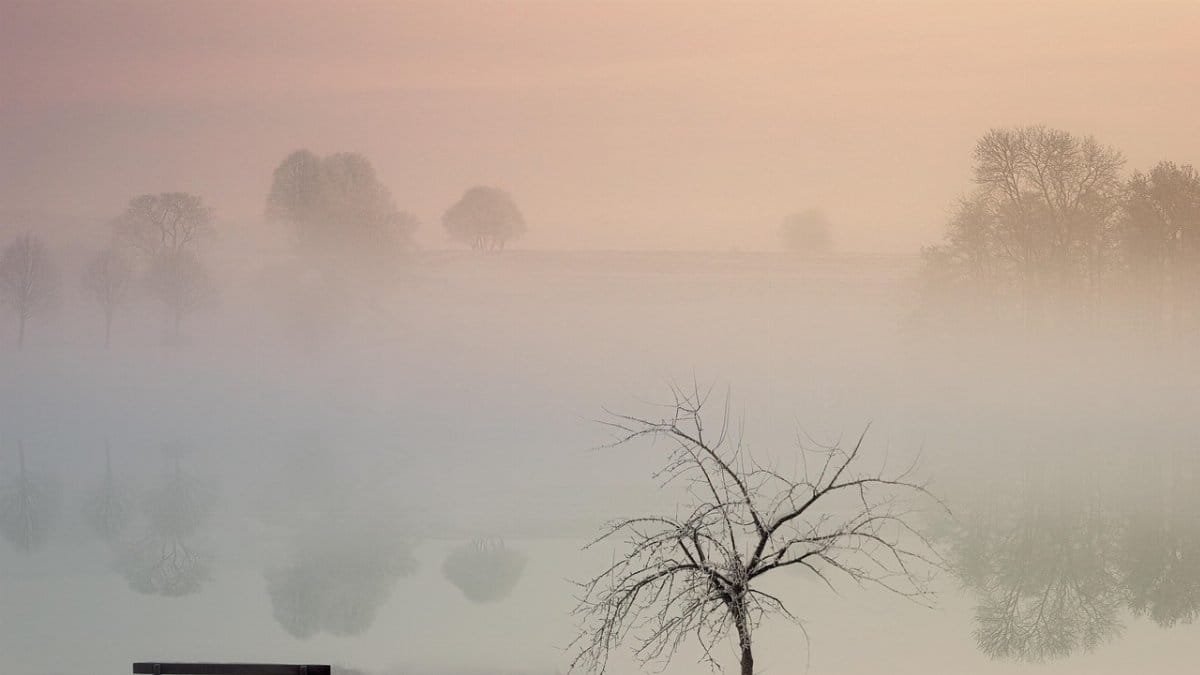
With a population under 1,500, Wallace County is one of the least densely populated areas in the U.S. Vast wheat fields stretch endlessly under a sky that feels too big. Here, the wind carries stories of homesteaders who battled nature to survive. But young people are leaving, and schools are closing. The county’s struggle mirrors a broader trend: rural depopulation continues to hollow out the Midwest, with a 2025 report from Pew Research Center noting a steady exodus from such areas. What’s left is a haunting beauty—and a question of endurance.
4. The Forgotten Ferry Landing of St. Mary’s, Maryland
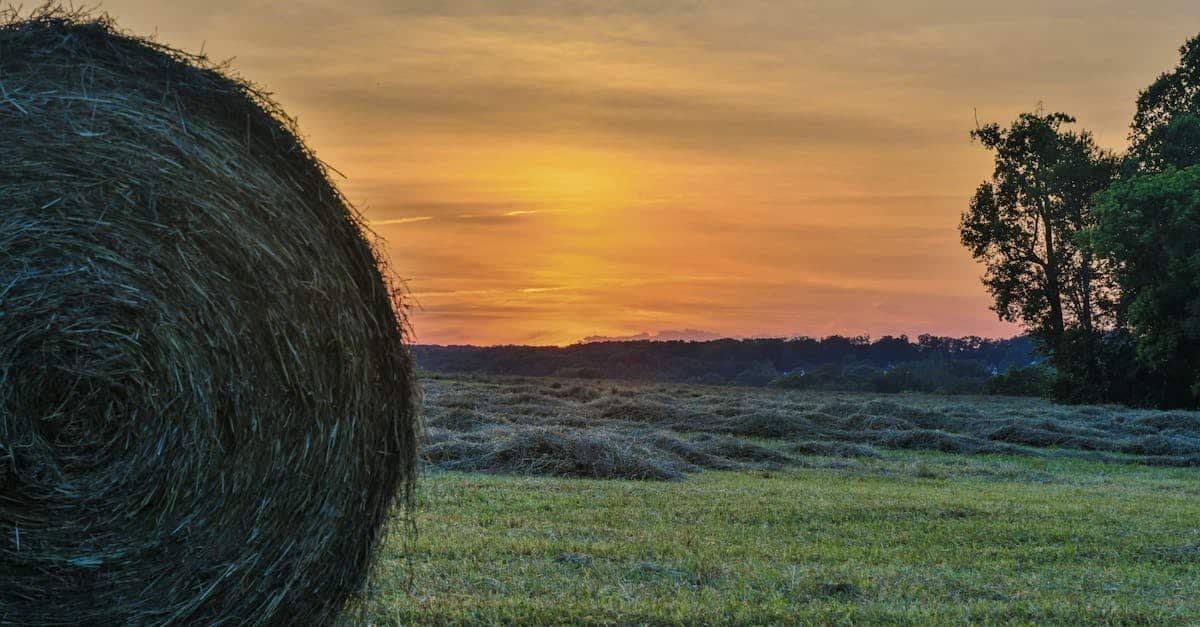
Tucked along the Potomac, St. Mary’s ferry landing once connected rural communities before bridges made it obsolete. Old pilings jut from the water like crooked teeth, a reminder of slower days when neighbors relied on each other. Now, vines reclaim the dock. The place feels like a secret, whispering of a time when connection wasn’t instant but hard-earned. It’s a sliver of rural America’s hidden soul, easily missed unless you know where to look.
5. The Weathered Barns of Lancaster County, Pennsylvania
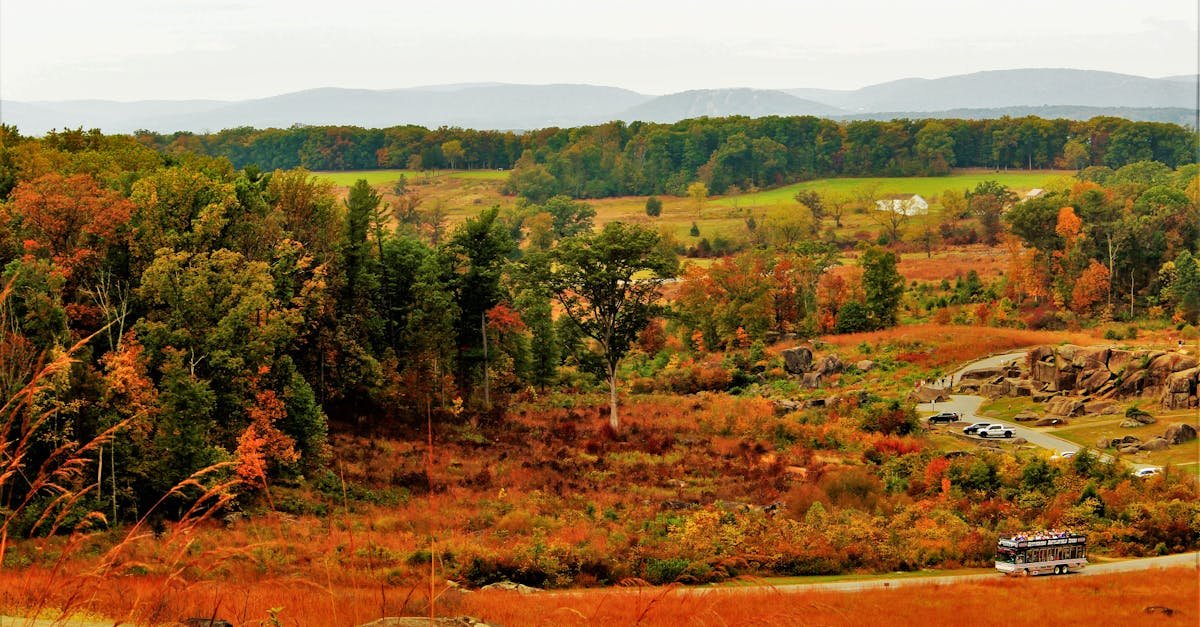
In Lancaster County, barns painted with hex signs stand as quiet guardians of Amish tradition. These aren’t just shelters for livestock; they’re symbols of a life rooted in simplicity. Yet, development creeps closer each year. Some barns are torn down for subdivisions. Others rot, unable to withstand harsh winters. Their loss chips away at a cultural cornerstone, as noted in a study by National Park Service on rural heritage preservation. Their survival matters.
6. The Abandoned Schoolhouse of Marfa, Texas
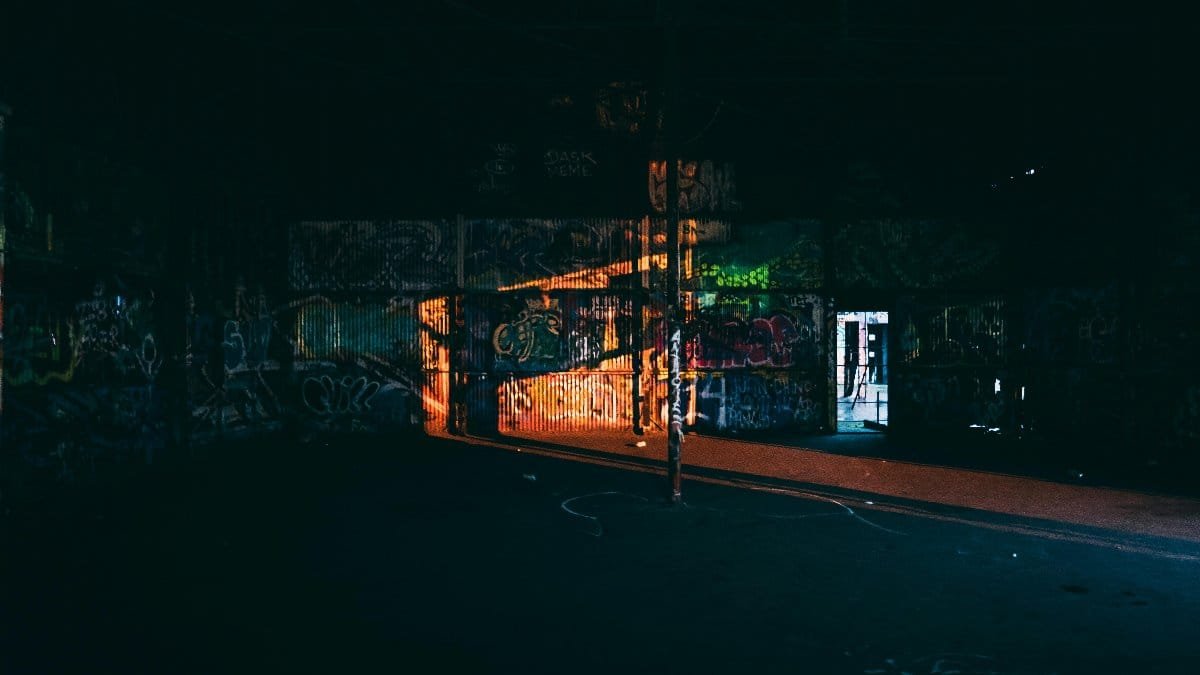
Marfa is known for its mysterious lights, but its old one-room schoolhouse tells a humbler tale. Built in 1910, it educated generations before closing in the 1960s. Now, its chalkboards are blank, and weeds push through floorboards. A former student, now in her 80s, recalled learning multiplication under a leaky roof, laughing with friends despite the cold. That spirit of making do—of community over comfort—is rural America’s hidden soul, fading with each passing season.
7. The Rusting Tracks of Coalwood, West Virginia
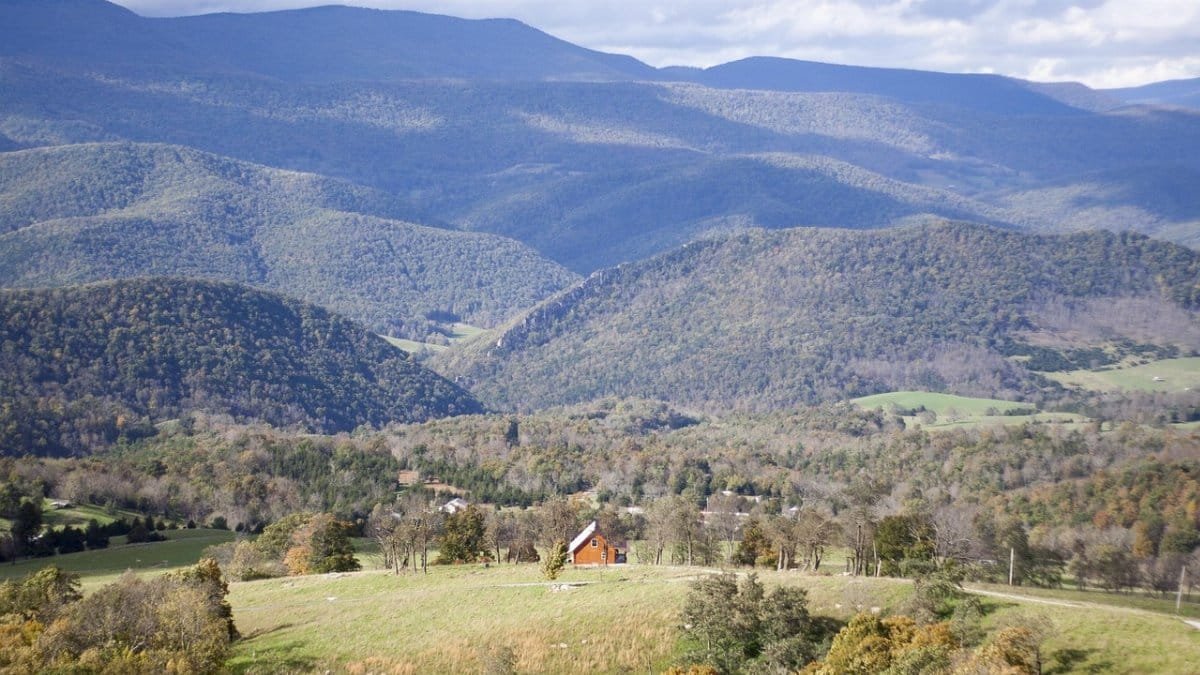
Coalwood’s railroad tracks, once lifelines for coal shipments, now lie buried under rust and overgrowth. This town inspired the memoir Rocket Boys, a story of dreaming big in a hardscrabble place. Today, the tracks lead nowhere, a metaphor for communities left behind as industries collapse. Yet, in their decay, there’s a stubborn pride—a refusal to be fully forgotten. It’s a tension that defines rural resilience.
8. The Vanishing Orchard of Hood River, Oregon
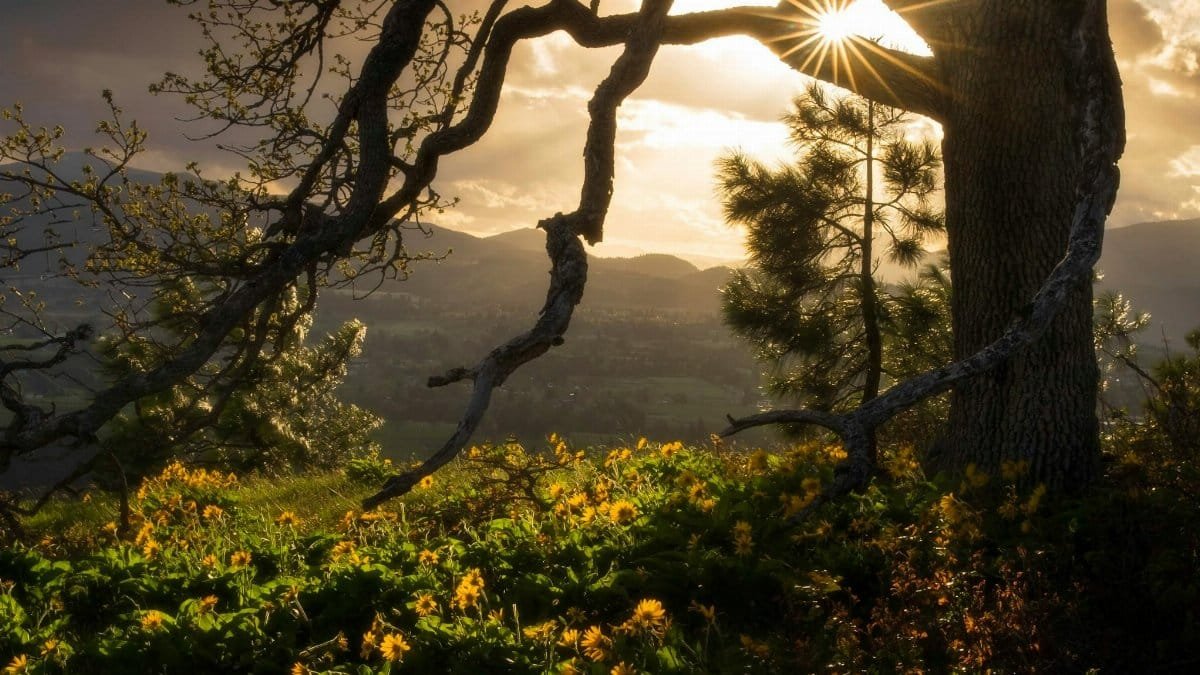
Hood River’s apple orchards, some over a century old, are being uprooted for vineyards and vacation homes. The scent of blossoms once defined spring here. Now, fewer trees stand each year. A 2025 analysis by USDA highlights how agricultural land loss threatens rural economies nationwide. Beyond economics, though, it’s the erasure of a seasonal rhythm—a connection to the earth—that stings most.
9. The Quiet Delta Town of Clarksdale, Mississippi
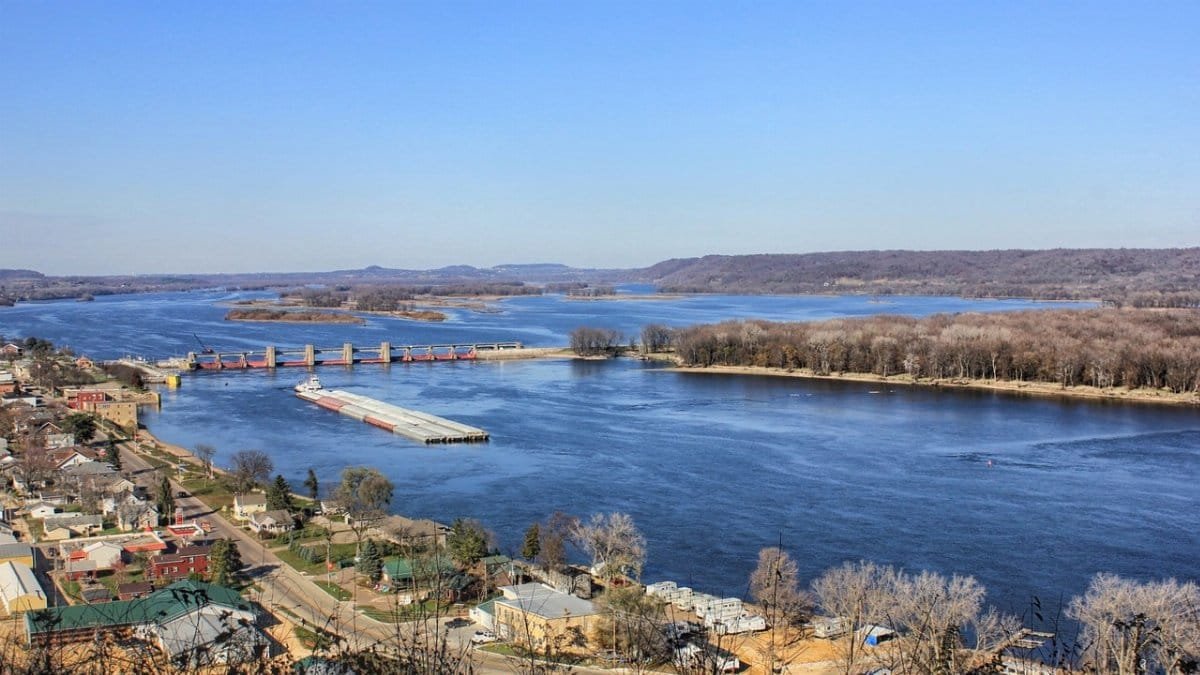
Clarksdale birthed the blues, a sound born from struggle and soul. Its juke joints and shotgun shacks still stand, though many are boarded up. Music once spilled onto the streets; now, silence reigns. Yet, occasional festivals draw visitors, proving the town’s spirit isn’t dead—just dormant. This dichotomy mirrors rural America’s hidden soul: battered, but still capable of song.
10. The Crumbling Lighthouse of Isle Royale, Michigan

Isle Royale, a remote island in Lake Superior, houses a lighthouse that guided ships through treacherous waters. Abandoned since the 1940s, its stone walls crumble into the lake. Accessible only by boat, it’s a testament to isolation—a hallmark of rural life. Its decay feels personal, as if it’s asking to be saved before the waves claim it entirely.
11. The Deserted Mining Camp of Bodie, California
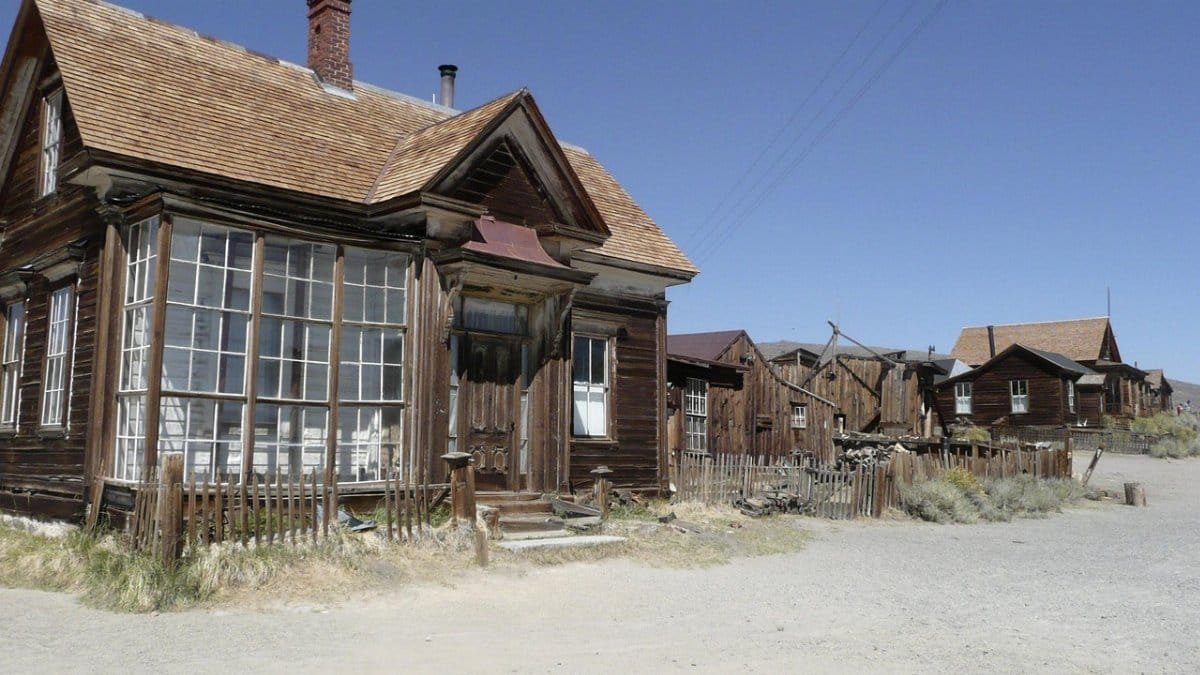
Bodie, a gold rush ghost town, sits frozen in the Sierra Nevada. Wooden saloons and homes lean precariously, preserved by arid air. Once, thousands lived here, chasing wealth. Now, it’s a state historic park, though funding struggles threaten its upkeep, per a California State Parks report. Bodie captures a raw, fleeting ambition—a piece of rural America’s hidden soul that’s almost gone.
12. The Last General Store of Appomattox, Virginia
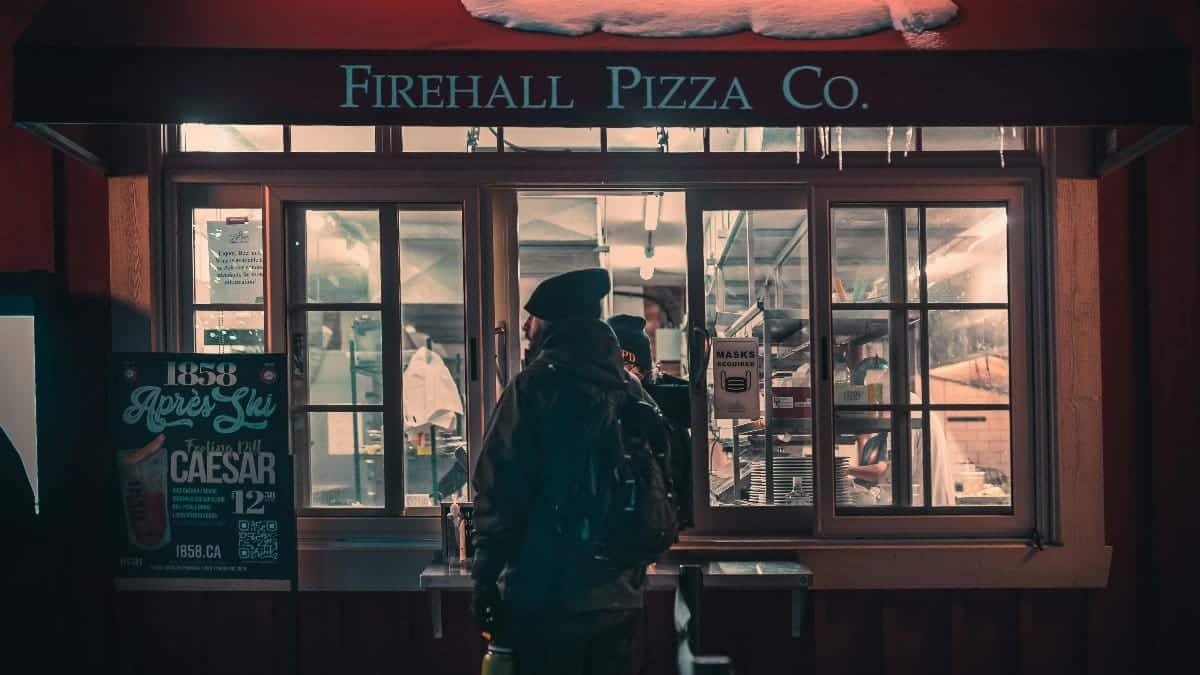
In Appomattox, a general store that’s stood since the Civil War era faces closure. Its creaky floors hold memories of soldiers and farmers trading goods and news. The owner, nearing retirement, worries no one will take over. “This isn’t just a store,” he said, voice heavy. “It’s where we’ve always met.” Losing it means losing a tether to the past—a final thread of community.
These 12 places, scattered across the nation, are more than relics. They’re the beating, if fading, heart of rural America’s hidden soul. Each holds lessons—of perseverance, of simplicity, of the cost of progress. In 2025, as strip malls and digital noise encroach, visiting them feels urgent. Stand on their soil. Listen to their quiet. They won’t be here much longer, but their stories can still shape us if we let them.
Related Post: 9 Reasons Colorado’s Mountain Towns Lead in Outdoor Happiness
